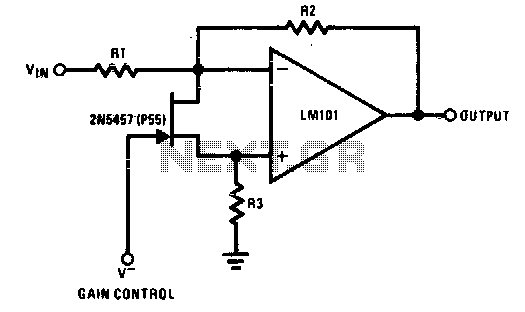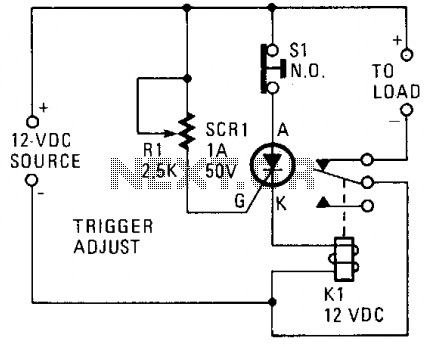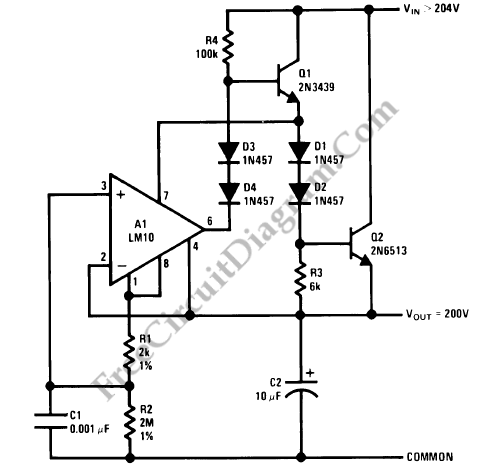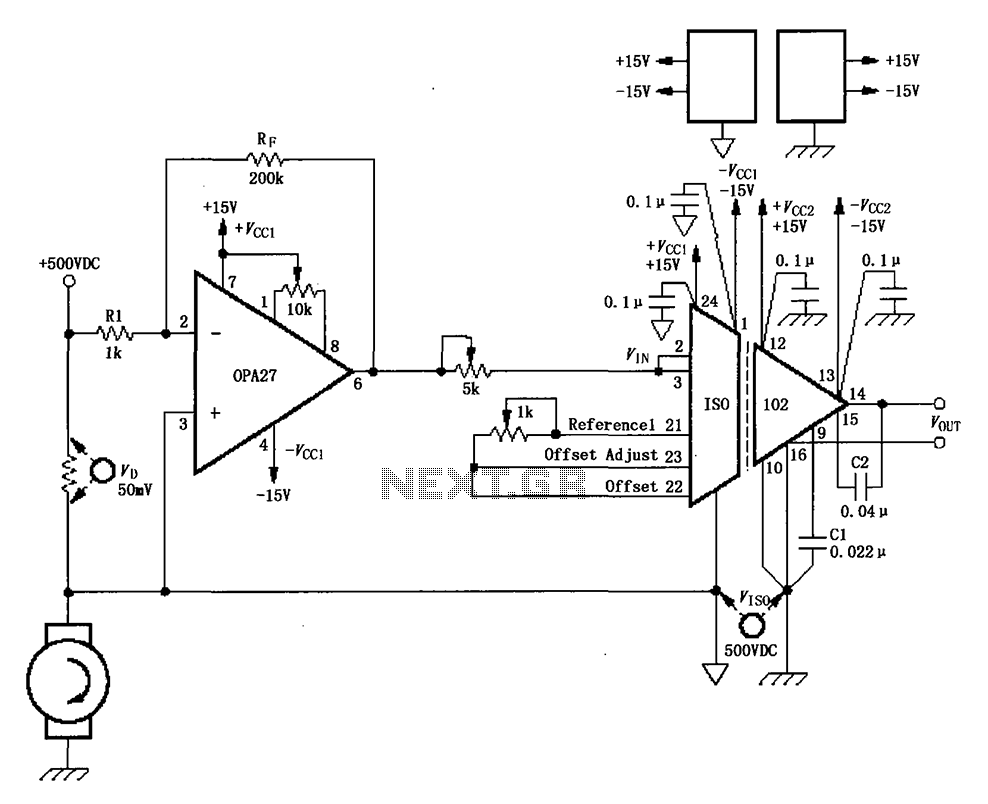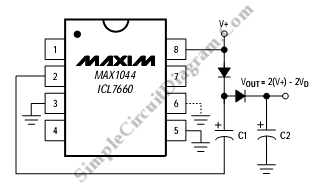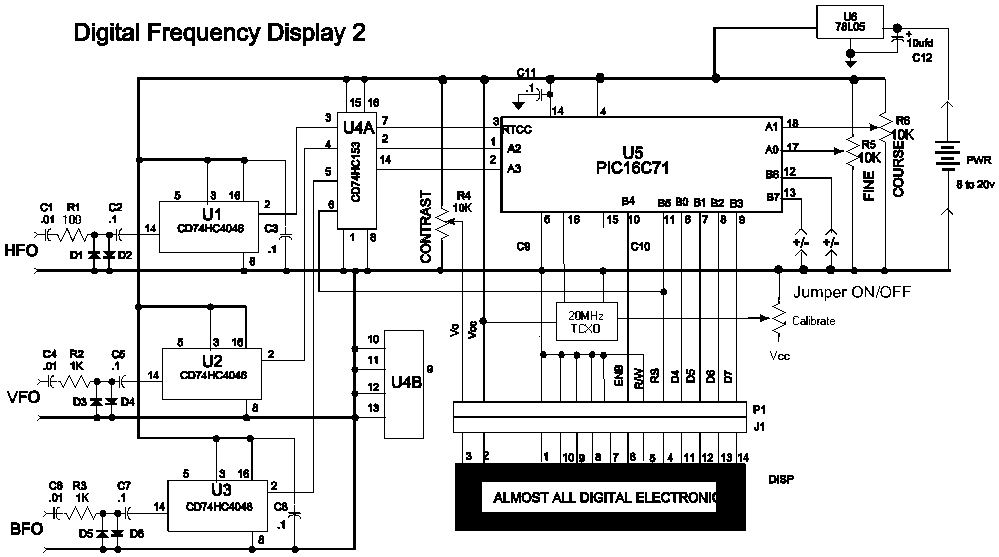
The designs and realizing of the electric current based on CAN bus line voltage transducer
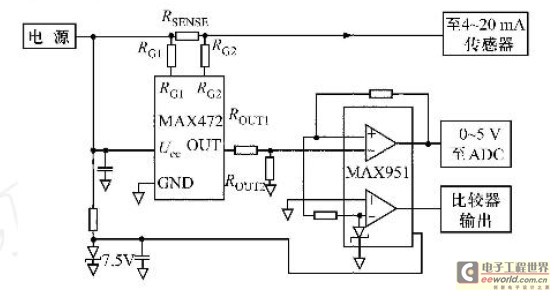
Field bus technology and intelligent instrument technology are currently two of the most rapidly evolving technologies in automation and control. In the realm of field bus technology, the CAN bus has established itself as a relatively fast communication standard that is widely utilized in automation. This text introduces an intelligence system based on the CAN bus. The Controller Area Network (CAN) was developed by the Bosch Company in Germany during the early 1980s for data communication aimed at facilitating data exchange among various control and testing instruments while addressing the Hyundai Motor Agreement. The CAN bus effectively supports serial communication networks for distributed control or real-time control. The communication mediums can include twisted pair cables, coaxial cables, and fiber optics. To meet the requirements of centralized management and decentralized control, the electric current and voltage pickup system based on the CAN bus adopts a bus-type network topology that is low-cost and simple in construction. The network layout is illustrated in Fig. 1. The pickup node, centered around a microcontroller equipped with a CAN communication interface, performs real-time data collection from various sites and transmits the gathered data to a monitoring station via the CAN bus. The monitoring station PC observes and controls node communication through a CAN-to-PC bus interface card. Regardless of the system architecture and mechanisms employed, one significant aspect remains consistent across the network framework, which alleviates network load to some extent. The CAN intelligence pickup node is capable of on-site data collection, control, and communication via the CAN bus. This node is built around the PIC18F258 microcontroller, which features an 8-bit enhanced CAN control device produced by Microchip Company, known for its cost-effectiveness. The built-in CAN module complies with ISO standards, supporting a maximum bit rate of 1 Mb/s and adhering to the CAN 2.0B protocol specification. The transducer node mainly consists of a recuperation unit, an A/D signal gathering module, a microcontroller, and a CAN bus communication module. This intelligent pickup system is designed to detect standard industrial signals, primarily 4-20 mA, 0-20 mA, and 0-10 mA current signals, as well as voltage signals of 0-5V, 0-10V, 5V, and 10V. Initially, the current and voltage signals pass through a multiplexer to select the appropriate pathway, where they are then converted to ADC signals. The system can accept a range of voltage signal inputs, utilizing an efficient ADC. The processed signals are converted from analog to digital format via A/D conversion and stored in the corresponding RAM section of the microcontroller through its I/O interface, where software and filtering designs are applied to the data. Upon receiving a command from the upper computer, the lower-position unit utilizes the CAN bus interface to collect essential information and transmit it over the CAN bus. Fig. 2 illustrates the overall structural block diagram of the system. Due to the high accuracy requirements for measuring voltage and current, the design does not utilize the built-in 10-bit ADC of the PIC18F258. Instead, it employs the 16-bit successive approximation analog-to-digital converter MAX1166, produced by Maxim Company in the USA, as an external component.
The CAN bus system is characterized by its robustness in handling communication between multiple nodes, allowing for real-time data exchange in industrial automation applications. The architecture facilitates a decentralized control strategy, where each node can operate independently while still being part of a cohesive network. The use of twisted pair cables or fiber optics ensures reliable data transmission over varying distances, catering to the needs of complex industrial environments.
The microcontroller at the heart of the pickup node, the PIC18F258, is designed for high-performance applications and supports a variety of peripherals that enhance its functionality. Its compatibility with the CAN protocol allows for seamless integration with other devices in the network. The choice of the MAX1166 ADC ensures precise conversion of analog signals to digital format, which is critical for applications requiring high accuracy. This external ADC is capable of sampling at high speeds, thus facilitating the timely processing of data.
In summary, the intelligent instrument system based on CAN bus technology is a sophisticated solution for modern automation needs, offering flexibility, efficiency, and high accuracy in data collection and control. The architecture is designed to minimize network load while maximizing the reliability and speed of communication, making it suitable for a wide range of industrial applications.Field bus technology and intelligent instrument technology are automatic and controlling the trade to develop two major most quick technology at present. In the field bus technology, CAN bus line develops a kind of comparatively fast agreement standards, have already widely used in the automatic field.
What this text introduced is a kind of intell igence based on CAN bus line to pick up the system. Control device LAN ControllerAreaNetwork, CAN It was Germany Bosch Company at the beginning of the eighties of the 20th century for a kind of data communication that was developed of data interchange between numerous control and test instrument while solving Hyundai Motor Agreement. CAN bus line can support the serial communication network of distributed control or real time control effectively.
The communication medium can be paired line, coaxial and light-transmitting fibre. In order to should meet this control system requirement for centralized management as well as decentralized control, based on CAN bus line electric current, voltage pick up the system adopt the bus type network topology, low cost simple in construction. Its network makes up the way and is shown as in Fig. 1. Pick up the node and regard microcontroller as the core, is furnished with CAN communication interface in on-the-spot CAN intelligence, its main function is the real time data which are gathered every site plant, and hand in the data gathered to the monitor station through CAN bus line, for the monitor station to gather machine format essential information, thus carry on data analysis.
Monitor station PC Realize that observes and controls nodal communication with CAN intelligence through CAN2PC bus line adapting card in the slot. Unless in it is at system architecture, what mechanisms mains be adopted, can`t but last one main fact more than from network framework.
This way has lightened the load of the network to a certain extent. CAN intelligence is picked up the node has on-site data gathering, control and with CAN bus line communication function. This node regards Flash one-chip computer PIC18F258 with CAN control device of 8bit enhancement type with cost performance of great which Microchip Company produce as the core.
The compatible CAN performance test of this built-in CAN module in ISO requires, the maximum of bit rate is 1Mb/s, carry out CAN2. 0B protocol specification. The node of the transducer is mainly recuperated unit, A/D by the signal and gathered the module, control device of the one-chip computer and 4 parts of CAN bus line communication module to make up.
Intelligence this it picks up detection that nodes faces to be standard the intersection of electric current and signal that use industrially mainly in target 420mA/020mA/010mA With the voltage signal 05V/010V / 5V / 10V. First of all, electric current, voltage signal passing multiple-way switch choose the corresponding passway, enter signal, look after link, convert signal to ADC, at the same time can can accept voltage signal of input span, ADC of efficient use.
The signal after recuperating is changed through A/D, realize the digital conversion of the original analog signal. And store to his internal corresponding RAM district through mouth, I/O of one-chip computer, carry on the corresponding software and filter designing to the data.
As the upper computer gives an order, while requiring the loopback of lower-position unit to gather the data, the lower-position unit utilizes CAN bus interface unit to gather essential information such as the data to send to CAN bus line. Fig. 2 is the structural overall block diagram of system. Because this system measures the great of claimed accuracy to voltage, electric current, have not adopted PIC18F258 Built-in: 10bitADC during system design, but adopt the successive approximation type 16bit analog-digital converter MAX1166 that U.
S. A. Maxim Company produces as externally positione 🔗 External reference
The CAN bus system is characterized by its robustness in handling communication between multiple nodes, allowing for real-time data exchange in industrial automation applications. The architecture facilitates a decentralized control strategy, where each node can operate independently while still being part of a cohesive network. The use of twisted pair cables or fiber optics ensures reliable data transmission over varying distances, catering to the needs of complex industrial environments.
The microcontroller at the heart of the pickup node, the PIC18F258, is designed for high-performance applications and supports a variety of peripherals that enhance its functionality. Its compatibility with the CAN protocol allows for seamless integration with other devices in the network. The choice of the MAX1166 ADC ensures precise conversion of analog signals to digital format, which is critical for applications requiring high accuracy. This external ADC is capable of sampling at high speeds, thus facilitating the timely processing of data.
In summary, the intelligent instrument system based on CAN bus technology is a sophisticated solution for modern automation needs, offering flexibility, efficiency, and high accuracy in data collection and control. The architecture is designed to minimize network load while maximizing the reliability and speed of communication, making it suitable for a wide range of industrial applications.Field bus technology and intelligent instrument technology are automatic and controlling the trade to develop two major most quick technology at present. In the field bus technology, CAN bus line develops a kind of comparatively fast agreement standards, have already widely used in the automatic field.
What this text introduced is a kind of intell igence based on CAN bus line to pick up the system. Control device LAN ControllerAreaNetwork, CAN It was Germany Bosch Company at the beginning of the eighties of the 20th century for a kind of data communication that was developed of data interchange between numerous control and test instrument while solving Hyundai Motor Agreement. CAN bus line can support the serial communication network of distributed control or real time control effectively.
The communication medium can be paired line, coaxial and light-transmitting fibre. In order to should meet this control system requirement for centralized management as well as decentralized control, based on CAN bus line electric current, voltage pick up the system adopt the bus type network topology, low cost simple in construction. Its network makes up the way and is shown as in Fig. 1. Pick up the node and regard microcontroller as the core, is furnished with CAN communication interface in on-the-spot CAN intelligence, its main function is the real time data which are gathered every site plant, and hand in the data gathered to the monitor station through CAN bus line, for the monitor station to gather machine format essential information, thus carry on data analysis.
Monitor station PC Realize that observes and controls nodal communication with CAN intelligence through CAN2PC bus line adapting card in the slot. Unless in it is at system architecture, what mechanisms mains be adopted, can`t but last one main fact more than from network framework.
This way has lightened the load of the network to a certain extent. CAN intelligence is picked up the node has on-site data gathering, control and with CAN bus line communication function. This node regards Flash one-chip computer PIC18F258 with CAN control device of 8bit enhancement type with cost performance of great which Microchip Company produce as the core.
The compatible CAN performance test of this built-in CAN module in ISO requires, the maximum of bit rate is 1Mb/s, carry out CAN2. 0B protocol specification. The node of the transducer is mainly recuperated unit, A/D by the signal and gathered the module, control device of the one-chip computer and 4 parts of CAN bus line communication module to make up.
Intelligence this it picks up detection that nodes faces to be standard the intersection of electric current and signal that use industrially mainly in target 420mA/020mA/010mA With the voltage signal 05V/010V / 5V / 10V. First of all, electric current, voltage signal passing multiple-way switch choose the corresponding passway, enter signal, look after link, convert signal to ADC, at the same time can can accept voltage signal of input span, ADC of efficient use.
The signal after recuperating is changed through A/D, realize the digital conversion of the original analog signal. And store to his internal corresponding RAM district through mouth, I/O of one-chip computer, carry on the corresponding software and filter designing to the data.
As the upper computer gives an order, while requiring the loopback of lower-position unit to gather the data, the lower-position unit utilizes CAN bus interface unit to gather essential information such as the data to send to CAN bus line. Fig. 2 is the structural overall block diagram of system. Because this system measures the great of claimed accuracy to voltage, electric current, have not adopted PIC18F258 Built-in: 10bitADC during system design, but adopt the successive approximation type 16bit analog-digital converter MAX1166 that U.
S. A. Maxim Company produces as externally positione 🔗 External reference
Warning: include(partials/cookie-banner.php): Failed to open stream: Permission denied in /var/www/html/nextgr/view-circuit.php on line 713
Warning: include(): Failed opening 'partials/cookie-banner.php' for inclusion (include_path='.:/usr/share/php') in /var/www/html/nextgr/view-circuit.php on line 713
